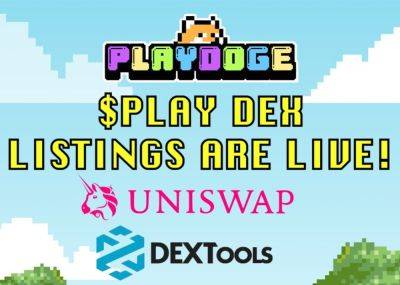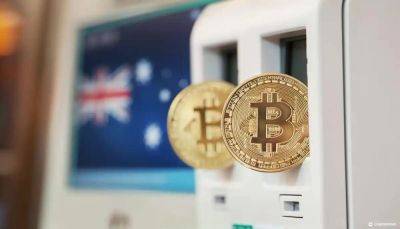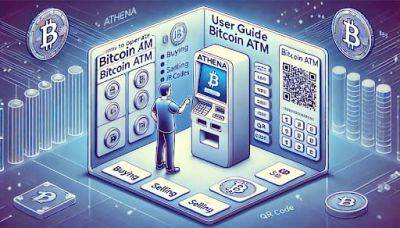Solana’s Network Booms: Is This Trend Sustainable?
Solana’s July was a rollercoaster of price fluctuations and record-breaking network activity. This analysis delves into the on-chain metrics and emerging trends shaping Solana’s future trajectory.
Key takeaways:
Solana is an open-source blockchain platform founded in 2017 that emphasizes scalability and speed. With its unique Layer 1 network architecture, it processes over 710,000 transactions per second, enabling the creation of smart contracts and decentralized applications (dApps) for various use cases, such as decentralized finance (DeFi) and nonfungible tokens (NFTs) marketplaces. Unlike Ethereum, Solana does not require additional scaling solutions, relying on powerful computers for network maintenance and data storage. Its native cryptocurrency, SOL, is essential for transactions and network security through staking.
July 2024 was a rollercoaster month for Solana’s native token SOL. Starting at $147, the SOL price declined early in the month, reaching a low of $123 on July 5. However, the cryptocurrency staged a remarkable recovery and reached $193 on July 24, its highest level in four months, representing a 36% increase. By the end of the month, the price had pulled back slightly to $183.
This price spike could be attributed to investors’ high hopes for the possible approval of SOL’s exchange-traded fund (ETF) after Ether ETFs were approved for trading in the United States on July 22. The U.S. Securities and Exchange Commission (SEC) has set March 2025 as the final deadline for SOL ETF approval.
In July, the Solana network saw a significant surge in activity. The average daily non-vote transactions (transactions excluding validator voting) reached a 7-day moving average (7DMA) of 46 million on July 16, its
Read more on cryptonews.com



















